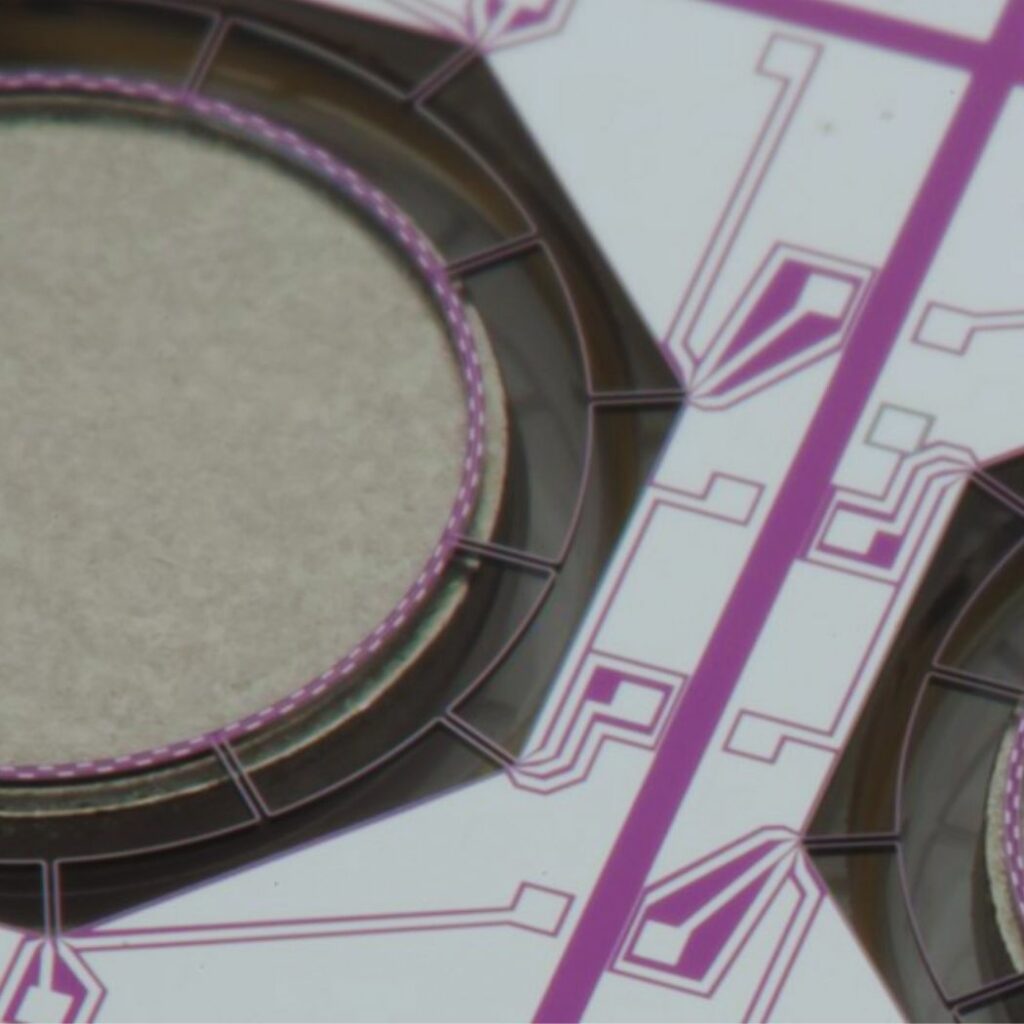MEMS technology integrates mechanical elements, sensors, actuators, and electronics located on a silicon substrate level. MEMS stand for Micro Electro-Mechanical Systems.
Definition
Micro-Electro-Mechanical Systems (MEMS) refers to a technology that involves miniaturized mechanical and electromechanical components built at the wafer scale. This enables MEMS technology to be embedded into chips, which can then be integrated into printed circuits, similar to other electronic components.
The devices consist of electromechanical elements (both moving and stationary) controlled by integrated microelectronics.
The core components of MEMS include miniaturized structures, sensors, actuators, and microelectronics. Microsensors and microactuators are classified as transducers, devices that convert mechanical signals into electrical signals.
MEMS applications
MEMS have proven to be a key enabling technology for developments in areas such as transportation, telecommunications and health care.
Micro Electro-Mechanical Systems sensors are now also widely used in consumer grade applications, such as smart-phones and gaming devices, but there is also a large market for higher quality MEMS devices, developed for automotive, aerospace and other applications.
Sensor grade
The sensor grade represents the quality of the component, which is a good indicator of its reliability. It is a scale that is usually separated into the following categories: Consumer, Industrial, Tactical, Navigation, Military.
The higher grade the sensor is, the more accurate it is, and higher is the price. For inertial devices, this classification is based on the drift in g for the accelerometers and in degrees per second for the gyroscopes.
Consumer grade vs industrial grade
Consumer and industrial grade sensors answer to different needs. The main strength of Industrial grade sensors is their reliability, when consumer grade sensors have a wider measurement range for a lower price.
The gyroscope range indicates the grade of the sensor. Usually gyroscopes and accelerometers are the same grade.
